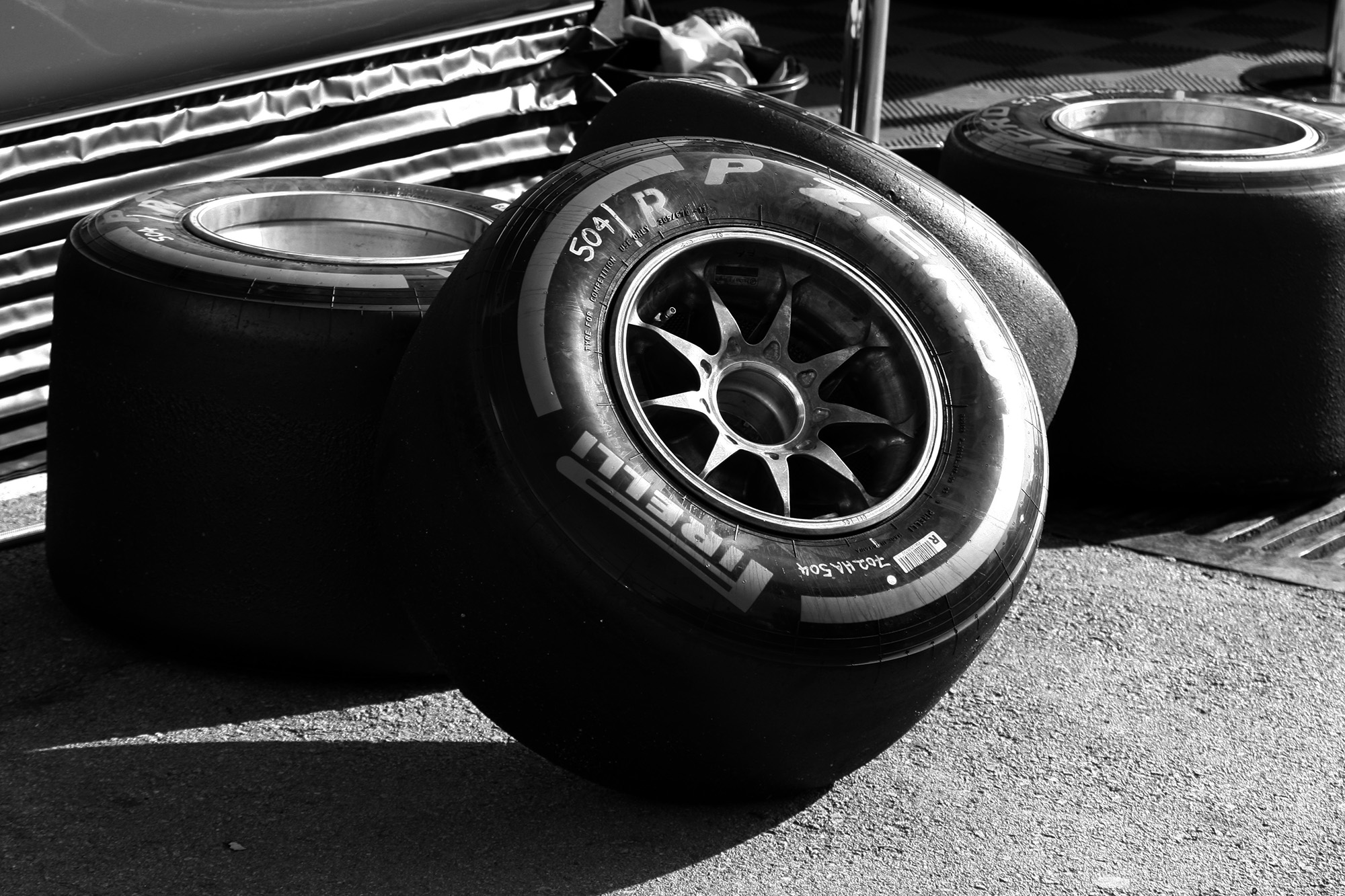Before we get started with Pre-Season testing next week, there are numerous changes to the regulations for 2019. They are aimed mostly at improving the spectacle of the sport with adjustments to the aerodynamics, and the DRS system. The teams have had months to prepare, with changes having potential to upset the order of the grid in 2019.
For years, designers have been fighting to have aerodynamics that cut the air in front, which increases speed, whilst disrupting the air as it leaves the car, ruining the running of cars behind. This year’s regulation changes are set to change this considerably.
Aerodynamic changes to the front wing are the most obvious change. The number of elements is limited to five, with no vertical elements between the nose and the endplates. These wider wings will better process the dirty air from the cars in front, increasing the tow and chances of overtaking.
In order to lower downforce, the effect of blown break ducts have been reduced as teams are forced to reduce the size of the ducts. This prevents them blowing air into aerodynamic aids over the bargeboard and bodywork.
The bargeboards are lowered and moved further forward under the car to lower the amounts of dirty air that the car produces. This will again increase tow, so that the car behind had better air to attempt the overtake.
The rear wing is widened some more, and taller. Additionally, the Drag Reduction System’s flap is able to open wider, increasing the effect of it. Cars will have less rear downforce as the flap opens, improving the speeds on the straight.
On the back of the rear wing, additional lights have been fitted to help identify when the battery is recharging, and when racing in rain / low light. The drivers can use this to judge the distance to the cars in front of them by observing the distance between the two lights.
It’s yet to see how these changes will affect the racing, however on paper these should make for much more overtaking, whether based on the artificial aid of the DRS, or the effects on dirty air produced by the cars. That said, the designers and technicians are very skilled at finding new ways to contravene this, and I look forward to next week to see how well this works out!
Formula 1 testing will start at the Circuit de Barcelona-Catalunya on Monday 18th February.



